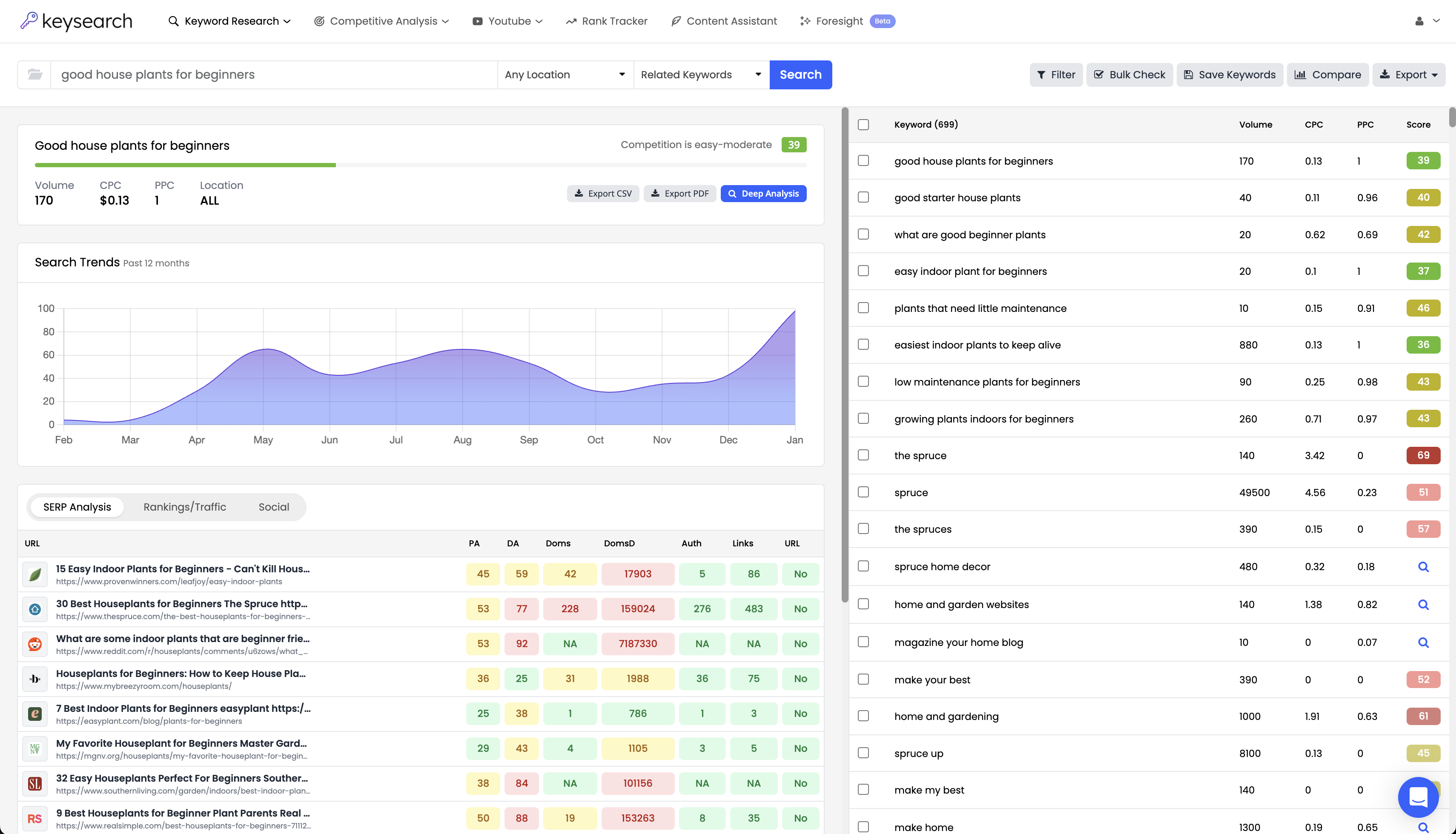On-Page SEO has always been important but these days things have changed a bit. You don’t want to overdo your on-page SEO in a way that looks unnatural. This is a very common mistake. You want your sites to be highly optimized but not scream “I’m overly optimizing my site Google!… Look at me!” Now I don’t pretend to be the world’s best on-page SEO expert I’ll just go over a few things that work well for me and you can mold or tweak these tips to work for you and your methods.
Content is King
 This is a phrase that gets thrown around a lot but is usually backed up by very little specifics. I can see the frustration of those just starting out and hearing this phrase. “Does this mean a lot of content is king?”, “Does this mean I have to write 1500 word articles on every page?”. Well here is the truth of the matter that I’ve found.
This is a phrase that gets thrown around a lot but is usually backed up by very little specifics. I can see the frustration of those just starting out and hearing this phrase. “Does this mean a lot of content is king?”, “Does this mean I have to write 1500 word articles on every page?”. Well here is the truth of the matter that I’ve found.
In order to rank these days, you need decent content. By that I mean it doesn’t always need to be the greatest article ever written on the topic, but the days of trying to rank for “Dog Training” and just writing a 500-word basic article about dog training is not going to cut it anymore. Googles become too smart for that. Google wants to see quality content and insight.
Now how can a robot know that the article is quality and contains insight? Pretty easily actually. By analyzing the content on the page, Google can use LSI words (if you don’t know what this is just Google Latent Semantic Indexing) contained on the page. They can also use what sources you are linking to, in what manner you are linking to them. They can analyze the other pages deemed “authorities” on the topic and see if your article/site contains similar characteristics (this is why we include these authority LSI words in Keysearch’s deep analysis feature… they are important!). They can also use pages on your site closely touching the ranking page to see the level and depth in which your site covers this topic.
So linking to other authority sites in a natural way looks great. Adding videos to your article that deal with the topic can help. Having diagrams and pictures clearly labeled with the proper ALT tags will usually make things look nice also.
All of this is nothing if your content is not decent. You want it well written. I’ve found that taking a perspective on the topic rather than just writing a textbook-style article tends to lead to better rankings. So writing from the 1st person may give you an aura of originality and insight to your articles which seems to be what Google is after. It’s easier to have your article look and appear insightful when you are taking a position on something within the article. So rather than:
Dog training can be difficult at first. Many owners may get frustrated with the amount of time it takes to train their dogs. This usually leads to owners not sticking to the proper methods and the dog forming bad habits.
You should try something more like
Dog training can be difficult at first. Ive found that having patience and not getting overly frustrated leads to better results in the end. As someone who has trained more than a few dogs in my life I can attest to the fact that getting frustrated ends up leading to the proper methods of training getting thrown out the window, which then inturn leads to your dog forming long-term bad habits.
This is just an example of how you can turn a boring run-of-the-mill general article into something that appears to have perspective and insight. Your articles don’t need to be the longest things in the world they just need to be full of information, perspective, and insight. That’s really the key these days.
Subtlety Goes a Long Way
When it comes to fitting your keywords into your articles, you don’t want to overdo things. This looks unnatural and is just not necessary anymore. Google doesn’t need your exact keyword phrase mentioned a bunch of times to know that you should rank for that phrase.
Let’s start with the article title. If you want to fit the keyword phrase in the article title then maybe do something like:
Keyword phrase: Black Leather Chairs
- Title Example: 5 Black Leather Chairs You’ll Love
- Title Example: Black is Back! Black Leather Chairs That Make a Statement
Things like that look much better to Google than just having an article titled “Black Leather Chairs”.
You also want to be creative with your keyword placement within an article. It’ll look much better to Google if you write something like.
Searching for products today is easier than ever with so many different stores and websites to choose from. If you are after a quality leather chair then you’re best off buying in an actual store rather than online. At the store you can test many different chairs of all shapes, sizes and fabrics not just the leather chairs. You can also really identify the color that will best match your office, whether that be black, brown or even something a bit crazy like red.
Now I bolded the words that really highlight the keyword phrase. Keep in mind I just put this together in a few seconds so this is not the greatest content in the world but keyword placement like this is how you avoid Panda and other Google quality algorithms booting your butt off the 1st page. It lets Google know you should be ranking for black leather chairs without screaming “Black Leather Chairs” 10 times in your article.
 Now one big mistake people just starting out in SEO make, is thinking that backlink anchor text is the end all be all to ranking for certain keywords. This is very newbie thinking. This is under the assumption that external link anchor text is the only way Google knows what you should be ranking for. This is in fact just a tiny portion of that equation. Your on-page content and your internal linking can do far more for you to achieve your keyword-specific rankings in a natural way. Using loads of keyword-rich external anchors doesn’t usually look very natural and can put you in jeopardy of being penalized.
Now one big mistake people just starting out in SEO make, is thinking that backlink anchor text is the end all be all to ranking for certain keywords. This is very newbie thinking. This is under the assumption that external link anchor text is the only way Google knows what you should be ranking for. This is in fact just a tiny portion of that equation. Your on-page content and your internal linking can do far more for you to achieve your keyword-specific rankings in a natural way. Using loads of keyword-rich external anchors doesn’t usually look very natural and can put you in jeopardy of being penalized.
If you do your internal linking naturally it can be insanely powerful. Just like with external linking you shouldn’t be over-optimizing for the sake of over-optimizing but you can get away with a lot more keyword-rich anchors when it’s done internally. Your navigation links should be concise, accurate, and keyword-rich. You should link within your articles to other articles. If you need an example of how to do this and really see great results just take a look at Wikipedia. They have built the majority of their rankings off of incredibly strong and concise internal linking.
- How to Do Keyword Research for Free: Best Free Keyword Research Tools in 2024 - December 13, 2024
- Benefits of Keyword Clustering: Why is it Important to Group Relevant Keywords Together? - December 13, 2024
- What is Keyword Density in SEO and Its Importance - December 13, 2024








